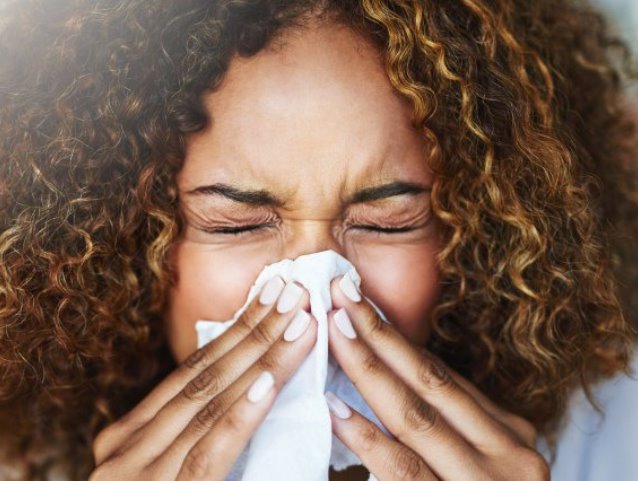
2022 Allergy Season
Resources for You

2022 Allergy Season: What You Need to Know
Allergy
Now that warmer weather has arrived, we should be aware of the uninvited guests that like to tag along— allergies. While it might seem like longer allergy seasons are something you are dreaming up, data actually shows that with the recent warmer winters come longer growing seasons for trees and grasses that produce pollen, meaning a higher concentration of pollen for us to deal with as it begins to bloom.
Allergies occur when a person’s immune system overreacts to substances that are typically harmless. It can also occur when a person’s immune system reacts to foreign substances such as pollen, bee venom, pet dander or even certain foods.
Seasonal allergies spike at different times of the year, so some suffer more in the spring while others may experience more allergy symptoms during the fall. Spring allergy symptoms usually start around March, when tree pollen is the main offender. That season typically lasts through April, then comes grass pollen season, which goes from May through the summer. Finally, from late summer through October is prime ragweed season.
So, if you're someone who is allergic to more than one or even all of these pollens, you might experience so-called "seasonal" allergy symptoms for a large chunk of the year.
Here are some do’s and don’ts to help you through the 2022 allergy season:
Do try drugstore remedies first— Over-the-counter antihistamines, as well as nasal sprays, can provide much-needed relief. Generic brands with the same active ingredients are cheaper, of course. Check with your provider about how other medications you’re taking might interact.
Don’t forget the possibility of a common cold or even COVID— Don’t assume a runny nose, scratchy throat, post-nasal drip and congestion mean you have a seasonal allergy. Those things tend to go with allergies, COVID-19 and a cold as well.
Flush the problem out— Using a neti pot to rinse debris or mucus from your nasal cavities often helps. You simply fill the pot with a sterile saline solution, bend over a sink, turn your head at a 45-degree angle, press the spout into the uppermost nostril and pour. The Centers for Disease Control and Prevention has a how-to guide.
Don’t let pollen inside— Avoid the temptation to fling open doors and windows on sunny, spring days. Keep them closed to keep allergens out. After you work in the yard or take a long walk, remove your shoes before you go inside.
Do keep an eye on the counts— Use tools like the National Allergy Bureau™ to monitor allergen counts in your area.
Finally, do watch the clock— If you must be outdoors on a high-pollen day, time it right. Pollen levels are high early in the morning and lower in the evening. So, try to shift any daily outdoor activities like your morning jog to the evening instead. Pollen levels also drop the day after it rains.
As always, you should consult your doctor or healthcare provider to find the treatment that fits you or any medication that you should take or before starting any new at-home treatment.
Allergies are the sixth leading cause of chronic illness in the U.S., affecting more than 50 million individuals each year. There are thousands of more people who are affected without knowing which allergen are getting the best of them. If you think this is a category that you fall within, an allergy test could be good for you.
Allergy tests measure your body’s response to specific allergy triggers or allergens. If you have an allergy, your immune system overreacts. It produces antibodies (proteins) called immunoglobulin E. These antibodies trigger the release of chemicals that cause an allergic reaction.
There are different ways to test for allergies and the results can help you take steps to manage those allergies. Your healthcare provider can select the best method for you based on your symptoms and the suspected allergens.
Return